Recommended Dog Food Amount: A Guide to Proper Feeding
Introduction
When it comes to our furry companions, ensuring they get the right amount of food is crucial for their health and well-being. Feeding your dog the appropriate amount of food is essential to maintain their optimal weight and overall health. In this article, we will delve into the topic of “Recommended Dog Food Amount” and provide you with valuable insights on how to determine the right portion size for your canine friend.
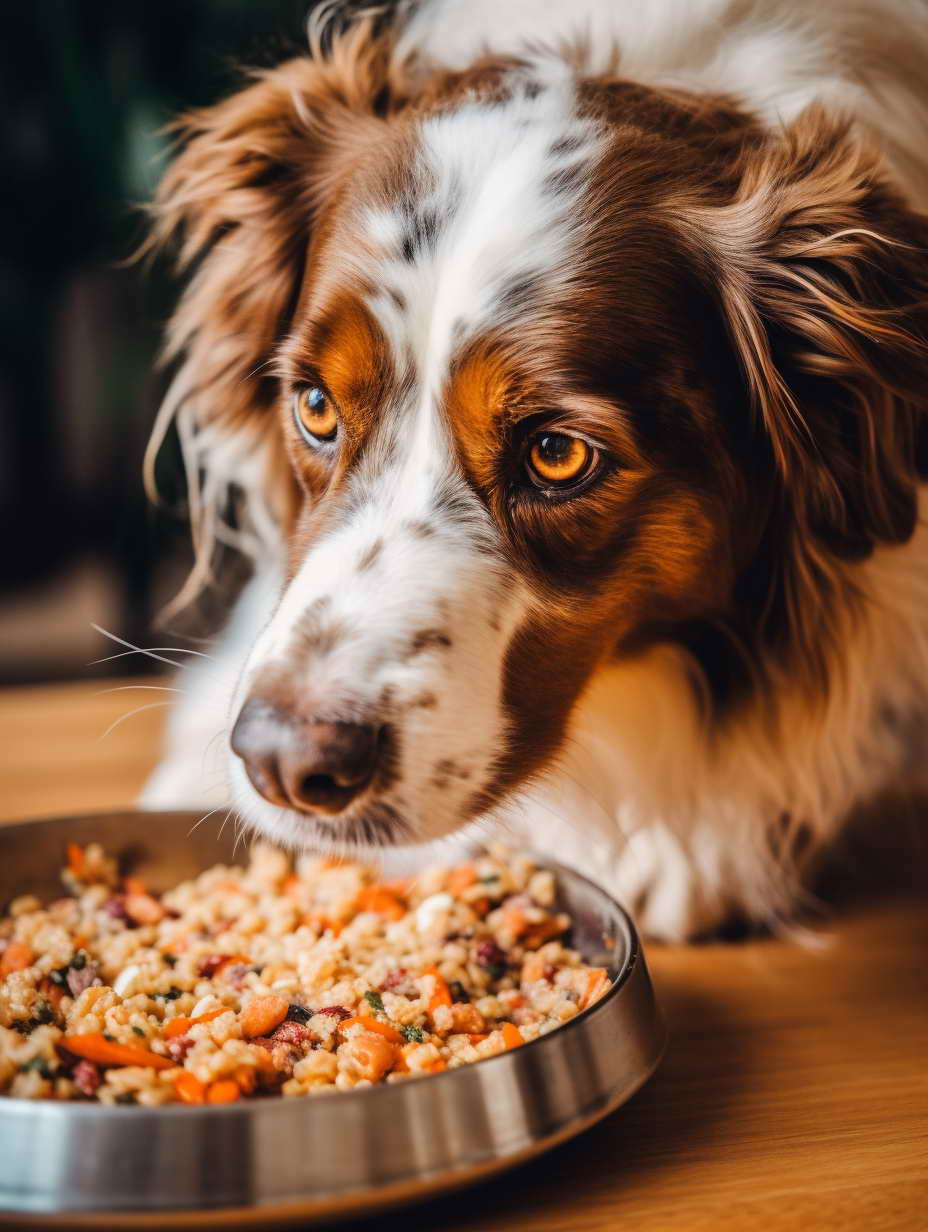
Understanding Your Dog’s Needs
Considering the Dog’s Age and Size
One of the fundamental aspects of determining the recommended dog food amount is understanding that there’s no one-size-fits-all solution. Just as humans have varied dietary needs based on their age, size, and activity levels, our canine companions have unique requirements as well.
Age Matters
A puppy’s nutritional needs are vastly different from those of an adult or senior dog. Puppies require more calories to support their rapid growth and development. On the other hand, senior dogs may need fewer calories, but they may require special dietary considerations, such as joint support or lower fat content. Be sure to choose a dog food that aligns with your dog’s specific life stage.
Size and Breed-Specific Needs
Size plays a crucial role in determining the right food amount. Small breed dogs, like Toy Poodles or Dachshunds, have faster metabolisms and smaller stomachs, so they may need more frequent, smaller meals. In contrast, large breed dogs, such as Great Danes or Saint Bernards, have slower metabolisms and are prone to certain health issues, like hip dysplasia, so their food should be carefully selected to address these concerns.
Breed-specific needs also come into play. Some breeds have higher energy levels, like Border Collies, which require a bit more fuel to stay active and healthy. In contrast, brachycephalic breeds, such as Bulldogs and Pugs, may need fewer calories because of their lower energy levels and potential breathing issues.
Activity Level Matters
Another essential factor to consider when determining your dog’s recommended food amount is their activity level. Just like humans, dogs that are more active will burn more calories. Here’s how to tailor your dog’s food portion to their activity:
High-Energy Dogs
Breeds known for their high energy levels, such as Labrador Retrievers or Australian Shepherds, need a diet that provides the necessary fuel for their active lifestyle. You may need to increase their portion size slightly to accommodate their calorie expenditure.
Moderately Active Dogs
Many dogs fall into the moderate activity category, including breeds like Beagles or Bulldogs. They need a balanced diet that aligns with their activity level. Be mindful not to overfeed or underfeed them, as they may be prone to weight gain.
Low-Energy Dogs
Sedentary dogs, often found in smaller breeds or senior dogs, require fewer calories. Reducing portion sizes can help prevent weight gain in these cases.
Special Dietary Needs
In some cases, your dog may have specific dietary needs due to health issues or allergies. These needs should be taken into account when determining the recommended food amount. It’s crucial to consult with your veterinarian to address these concerns properly.
Allergies
If your dog has food allergies or sensitivities, your vet may recommend a hypoallergenic diet. These diets are formulated to minimize the risk of allergic reactions and may require precise portion control to avoid overfeeding or underfeeding.
Health Conditions
Dogs with specific health conditions, such as diabetes, pancreatitis, or kidney disease, often need a tailored diet. Your veterinarian will provide guidelines on portion sizes and the type of food that best suits your dog’s condition.
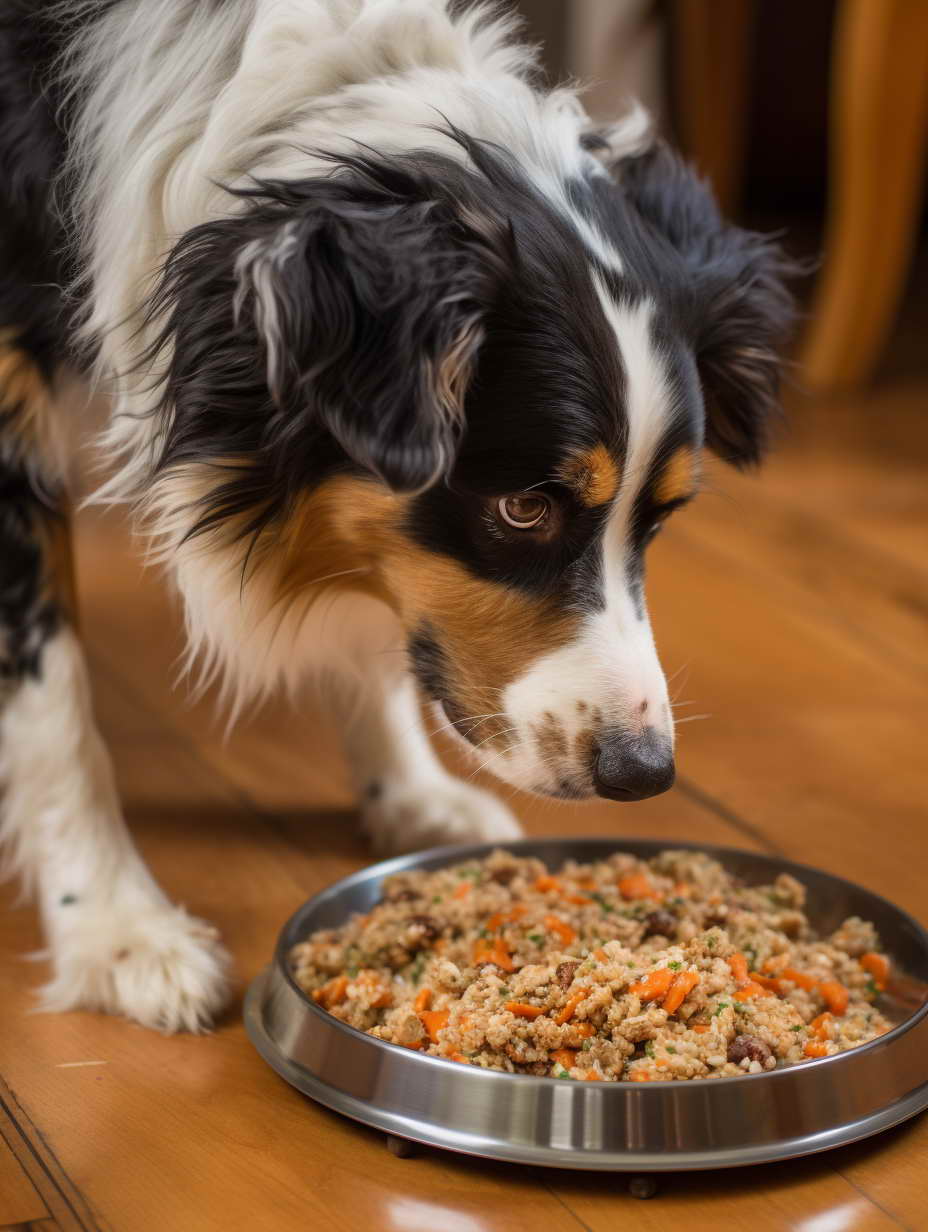
Calculating the Right Portion Size
Now that we’ve discussed the importance of understanding your dog’s unique needs, it’s time to dive deeper into the process of calculating the right portion size. Getting this right is vital to ensure that your furry friend receives the appropriate amount of nutrition without overfeeding or underfeeding.
Follow the Feeding Guidelines
One of the most straightforward ways to determine your dog’s recommended food amount is to follow the feeding guidelines provided by the dog food manufacturer. These guidelines are typically printed on the packaging and offer a starting point based on your dog’s weight and age. Keep in mind that these are general recommendations and may need to be adjusted to suit your dog’s individual requirements.
Factors to Consider with Feeding Guidelines
- Life Stage: Ensure that the feeding guidelines align with your dog’s life stage, whether it’s for puppies, adults, or seniors.
- Weight: Pay attention to your dog’s current weight and any weight goals. If your dog needs to lose or gain weight, you may need to adjust the portion size accordingly.
- Activity Level: If your dog is exceptionally active or sedentary, you may need to modify the recommended amount to match their energy expenditure.
Consider the Calories
Another effective way to calculate the right portion size for your dog is by considering their daily calorie requirements. This approach provides a more personalized method for determining the appropriate amount of food.
Daily Caloric Needs
To determine your dog’s daily calorie needs, you’ll need to consider factors like:
- Resting Energy Requirements (RER): This represents the calories needed for your dog to maintain basic bodily functions at rest.
- Maintenance Energy Requirements (MER): MER takes into account your dog’s RER and factors in their activity level. It’s a more accurate representation of your dog’s daily calorie needs.
Calculate the Portion Size
Once you’ve determined your dog’s daily calorie requirement, you can calculate the portion size by considering the calorie content of the dog food you’re using. This information is typically found on the packaging.
Here’s a simplified formula:
Portion Size (in cups) = Daily Caloric Needs / Calories per Cup of Food
For example, if your dog’s daily caloric needs are 500 calories, and the dog food you’re using contains 400 calories per cup, the portion size would be:
500 / 400 = 1.25 cups per day
Remember to factor in treats and any additional sources of calories in your dog’s diet when using this method.
Monitor Your Dog’s Weight
Calculations and guidelines are excellent starting points, but they should be viewed as flexible rather than fixed. One of the most critical aspects of determining the right portion size is monitoring your dog’s weight and overall condition.
Regular Weigh-Ins
Weigh your dog regularly, ideally every few weeks, to ensure they are maintaining a healthy weight. This is especially important for puppies and dogs undergoing weight management programs.
Adjust as Needed
If you notice your dog gaining weight, consider reducing the portion size slightly. Conversely, if your dog is losing weight or appears too thin, you may need to increase the amount of food provided. Always make gradual adjustments to prevent digestive upset.
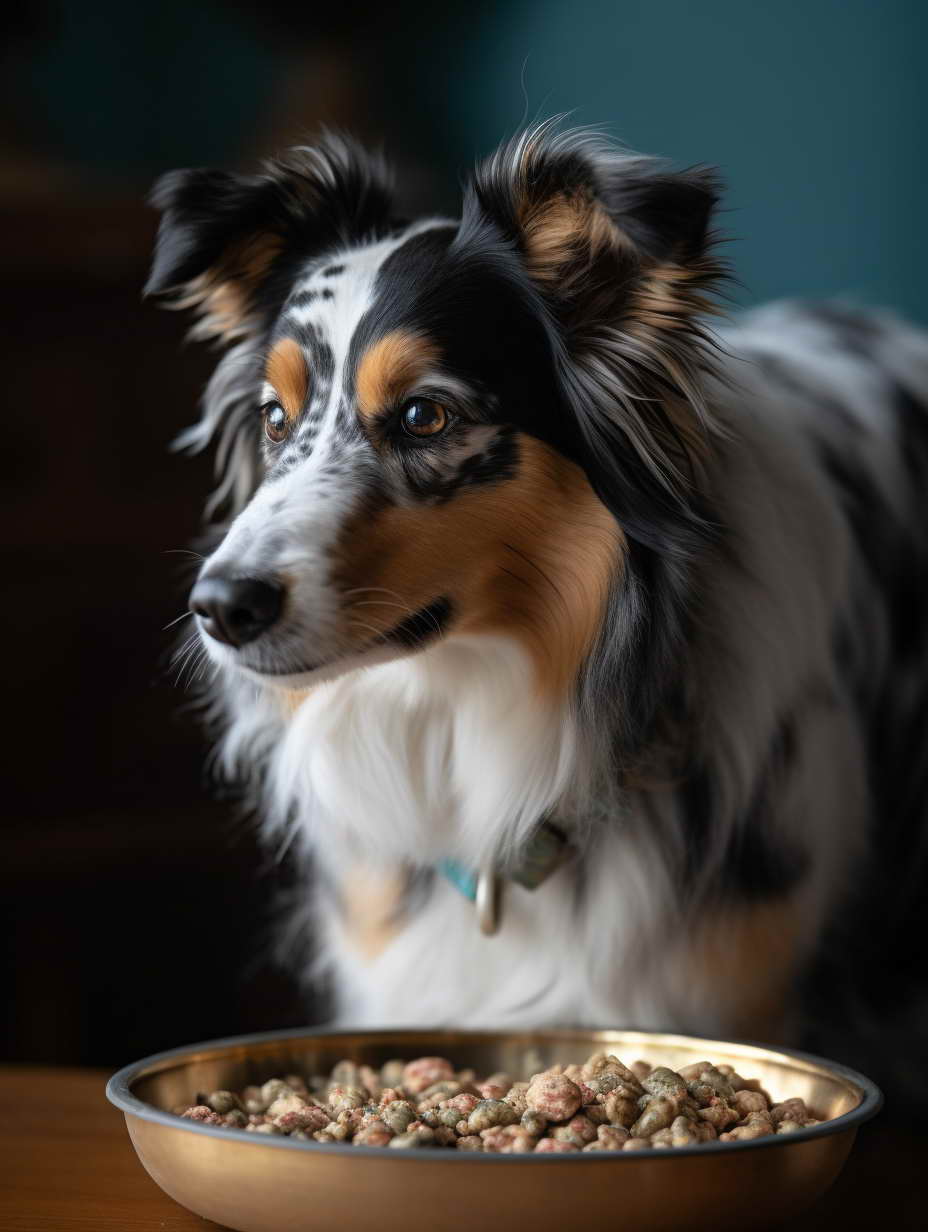
Meal Frequency
Meal frequency is another crucial aspect of ensuring that your dog receives the right amount of food and maintains optimal health. The number of meals you provide to your furry friend can impact their digestion, energy levels, and overall well-being. Let’s explore the factors related to meal frequency and how to make the best choices for your dog.
Splitting Meals
Many dog owners choose to split their dog’s daily food amount into multiple meals throughout the day. This approach offers several advantages:
1. Improved Digestion
Dividing meals can help prevent digestive problems such as bloating or gastrointestinal discomfort. Smaller, more frequent meals are easier for your dog to digest, reducing the risk of gastric issues.
2. Steady Energy Levels
Multiple meals provide a steady supply of energy throughout the day. This can be particularly beneficial for active dogs that require sustained energy for play and exercise.
3. Preventing Overeating
Regularly scheduled meals can help prevent overeating. Dogs tend to eat more when food is constantly available, which can lead to obesity. Controlled portions at set meal times are a healthier option.
4. Ideal for Puppies
Puppies, in particular, benefit from frequent meals because they have small stomachs and high energy requirements. Offering them three to four meals a day can support their growth and development.
Free Feeding vs. Scheduled Feeding
When it comes to meal frequency, dog owners have two main options: free feeding and scheduled feeding.
1. Free Feeding
Free feeding involves leaving food out for your dog to eat at their leisure throughout the day. While it may offer convenience, it’s not suitable for all dogs and can have drawbacks:
- Lack of Portion Control: Free feeding makes it challenging to control your dog’s portion size, which can lead to overeating and obesity.
- Difficult to Monitor: You may not be able to monitor your dog’s appetite and food intake accurately, making it harder to detect changes in eating habits or health issues.
- Inconsistent Meal Times: Dogs thrive on routine, and free feeding can disrupt this by making meal times unpredictable.
2. Scheduled Feeding
Scheduled feeding involves providing specific meals at set times during the day. This method offers more control and can be healthier for your dog:
- Portion Control: Scheduled feeding allows you to measure and control your dog’s portions accurately, reducing the risk of overfeeding.
- Monitoring: You can closely monitor your dog’s appetite and eating habits, making it easier to detect any changes that may signal health issues.
- Routine: Dogs thrive on routine, and scheduled feeding provides predictability in their day, making them more comfortable and less anxious.
- Effective Training: Scheduled feeding can also be beneficial for training, as it helps establish a routine for bathroom breaks and meal times.
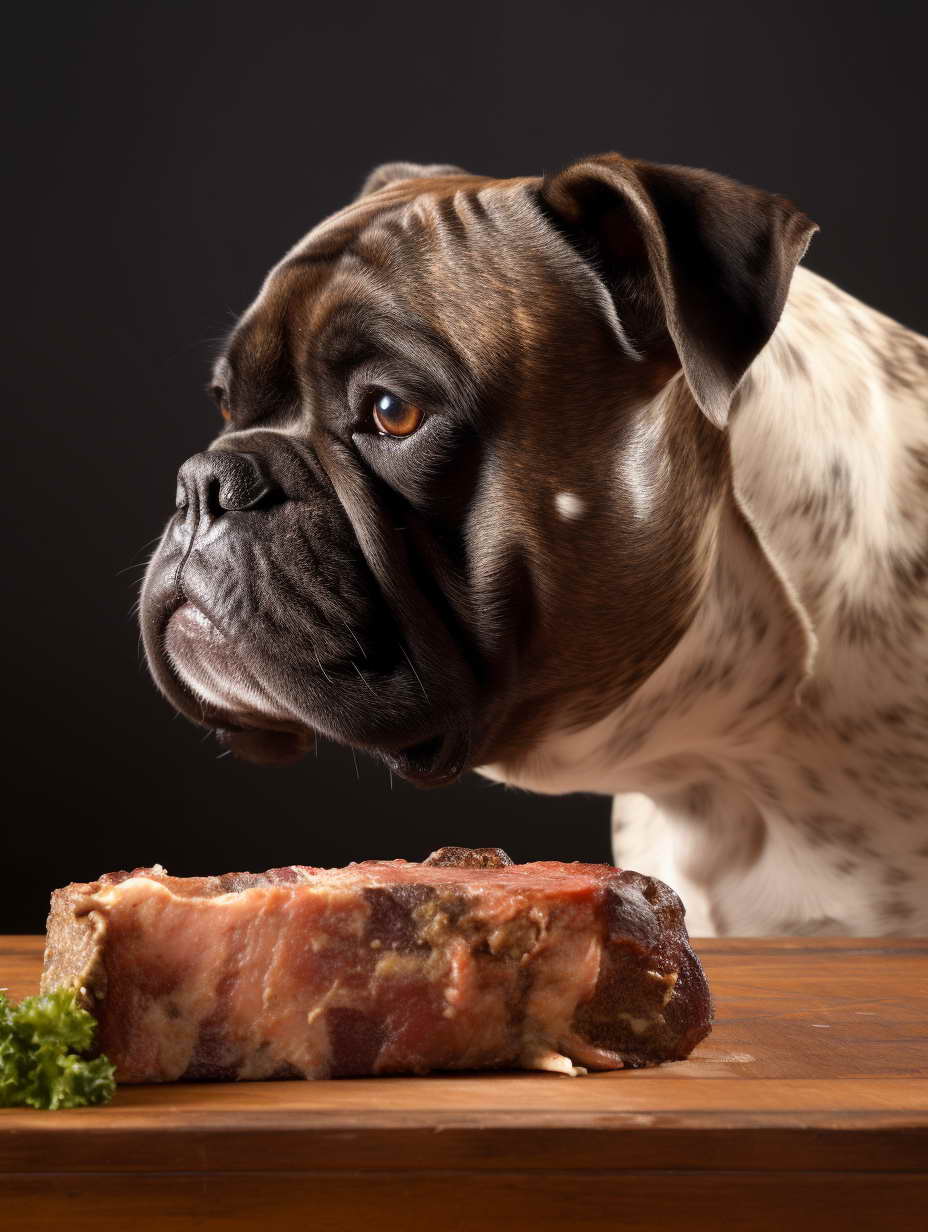
Signs of Overfeeding or Underfeeding
It’s essential to monitor your dog’s weight and overall condition to ensure they are receiving the right amount of food. Overfeeding and underfeeding can have significant consequences for your dog’s health and well-being. Here are some signs to watch out for that may indicate whether your furry friend is getting too much or too little food.
Signs of Overfeeding
1. Weight Gain
One of the most obvious signs of overfeeding is weight gain. If you notice that your dog is becoming overweight or obese, it’s a clear indication that they are consuming more calories than they are burning through activity.
2. Visible Ribcage
While you don’t want your dog to be too thin, you should be able to feel their ribcage with a gentle touch. If the ribs are not palpable, or if you can’t see a waistline when looking from above, your dog may be carrying excess weight.
3. Lethargy and Reduced Activity
Overweight dogs often become lethargic and less active. If your dog is no longer as enthusiastic about playtime or walks, it may be due to excess weight.
4. Difficulty Breathing
Excess weight can put pressure on your dog’s lungs and make it harder for them to breathe, especially if they are a brachycephalic breed (short-nosed dogs like Bulldogs or Pugs).
5. Frequent Digestive Issues
Overfeeding can lead to gastrointestinal problems, including diarrhea, vomiting, and flatulence. It can also increase the risk of pancreatitis, a painful and potentially life-threatening condition.
Signs of Underfeeding
1. Visible Ribs and Backbone
If your dog’s ribs and backbone are highly visible and protruding, it’s a sign that they may be underfed. While some breeds are naturally leaner, excessive thinness can indicate a lack of proper nutrition.
2. Lethargy and Weakness
Underfed dogs may lack the energy needed for normal activities. They may appear weak, tired, or unwilling to engage in physical activities.
3. Dull Coat and Dry Skin
A lack of essential nutrients can affect your dog’s coat and skin. An underfed dog may have a dull, dry coat and may shed excessively.
4. Rapid Weight Loss
Sudden or rapid weight loss is a concerning sign of underfeeding. It may be a symptom of an underlying health issue or simply insufficient caloric intake.
5. Behavioral Changes
Underfed dogs may become irritable, anxious, or even aggressive. Hunger can lead to mood swings and behavioral problems.
The Importance of Balance
It’s important to note that a dog’s ideal weight can vary based on breed, age, and individual differences. What’s crucial is maintaining a healthy balance that allows your dog to thrive. If you notice any of the signs mentioned above, it’s essential to consult with your veterinarian to determine the underlying cause and make appropriate dietary adjustments.
Conclusion
In conclusion, determining the recommended amount of dog food is a crucial aspect of responsible pet ownership. It requires careful consideration of your dog’s age, size, activity level, and individual needs. Always consult with your veterinarian for personalized recommendations, and monitor your dog’s weight and overall health regularly. By providing the right amount of food, you can ensure that your furry friend enjoys a long, healthy, and happy life.
Frequently Asked Questions (FAQs) About What Are The Recommended Dog Food Amount
1. How often should I feed my dog?
- The frequency of feeding depends on your preference, but most experts recommend feeding adult dogs twice a day.
2. Can I use a measuring cup to portion my dog’s food?
- Yes, using a measuring cup can help ensure accurate portion sizes and prevent overfeeding.
3. What should I do if my dog is gaining too much weight?
- If your dog is gaining weight, consult your vet to determine the cause and adjust their diet accordingly.
4. Are there breed-specific guidelines for feeding?
- Some breeds may have specific dietary requirements, so it’s a good idea to research your dog’s breed or consult with a veterinarian.
5. Is it okay to give my dog treats in addition to their regular food?
- Treats should be given in moderation and should be included in your dog’s daily calorie intake to avoid overfeeding.
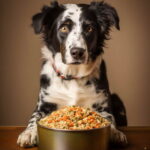
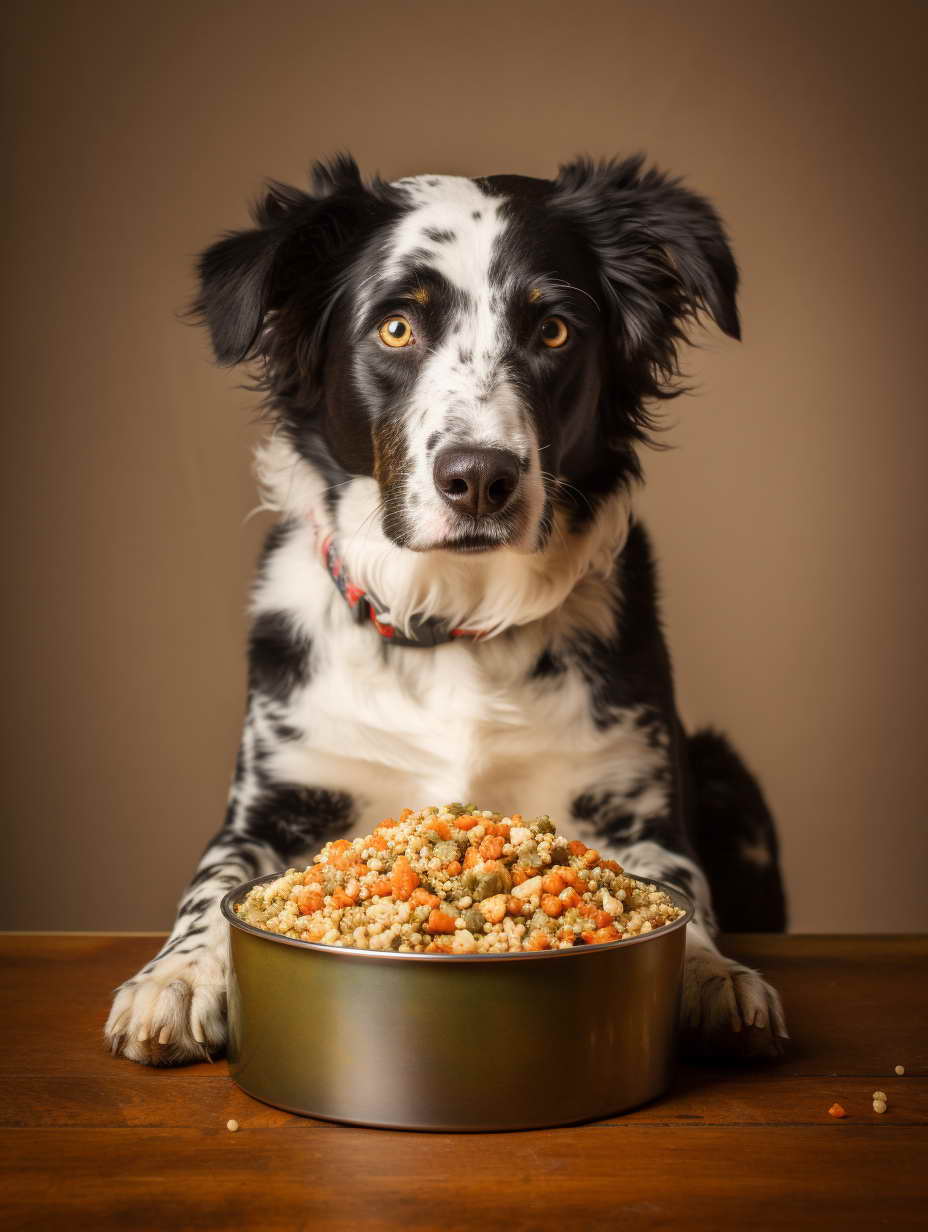
Leave a Reply